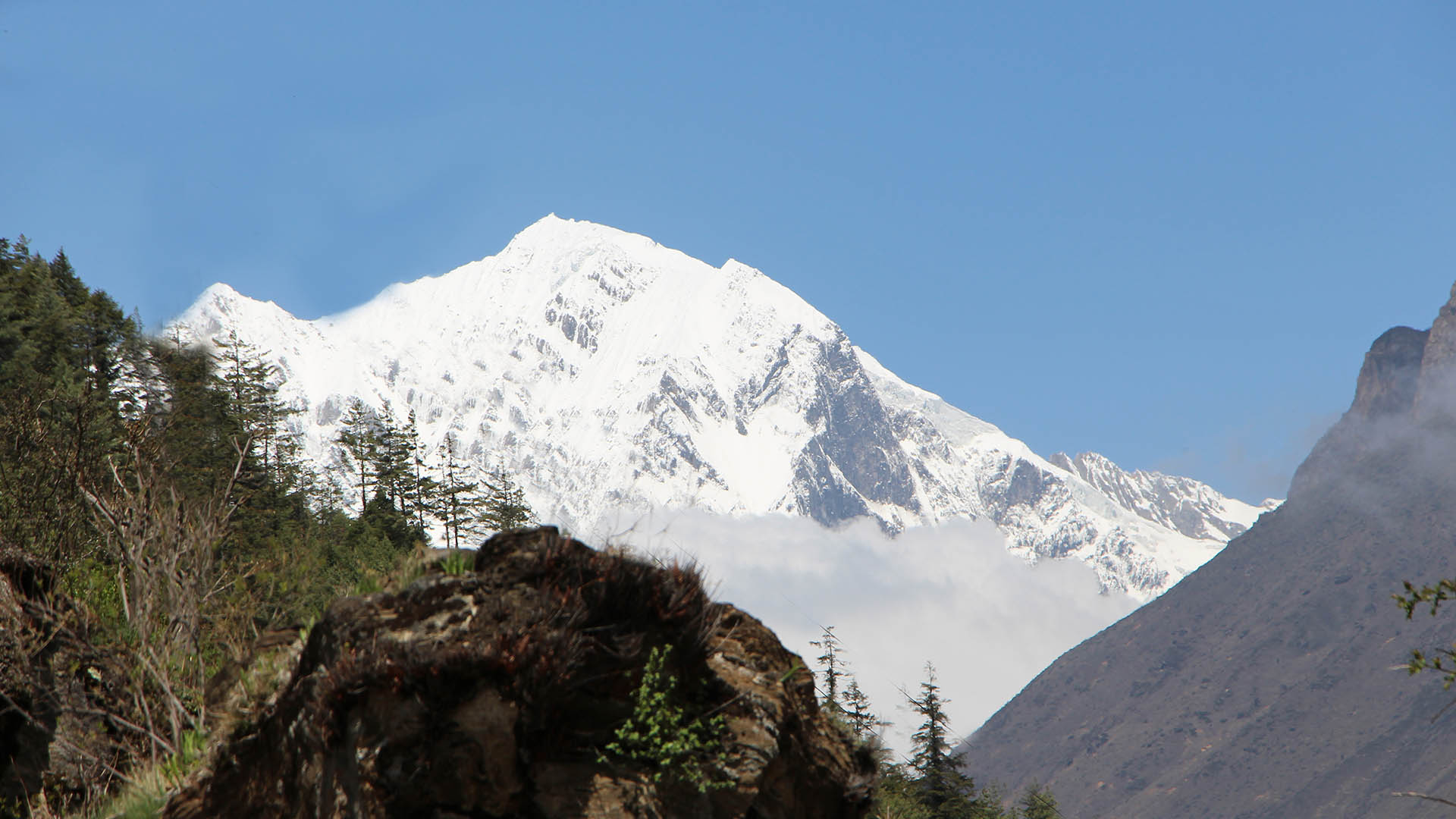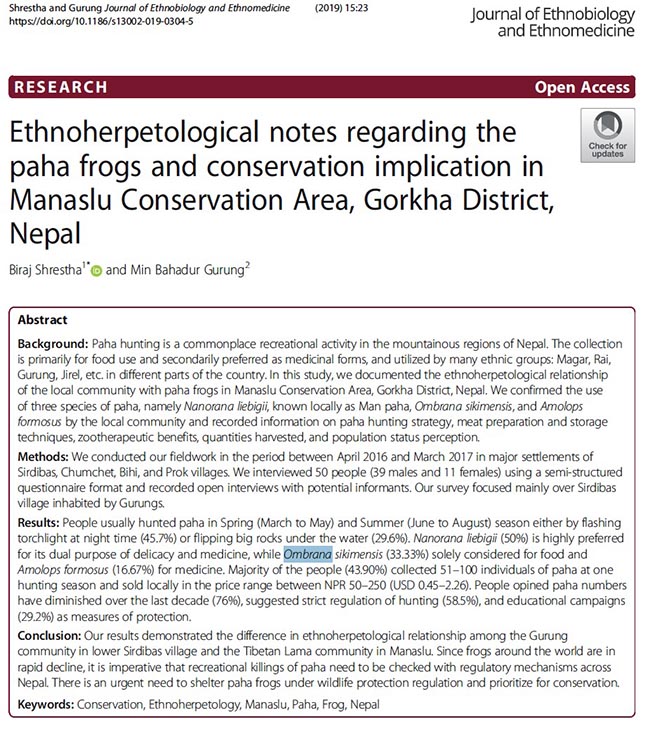Dear Frog Lovers,My name is Biraj Shrestha and I am from Nepal. I am a long-time volunteer for SAVE THE FROGS! and have been working with amphibian conservation issues across different regions of Nepal since 2013. Currently, I am based in Santa Cruz, California, where I am studying for my Masters of Science degree in the Coastal Science and Policy Program of the University of California Santa Cruz.
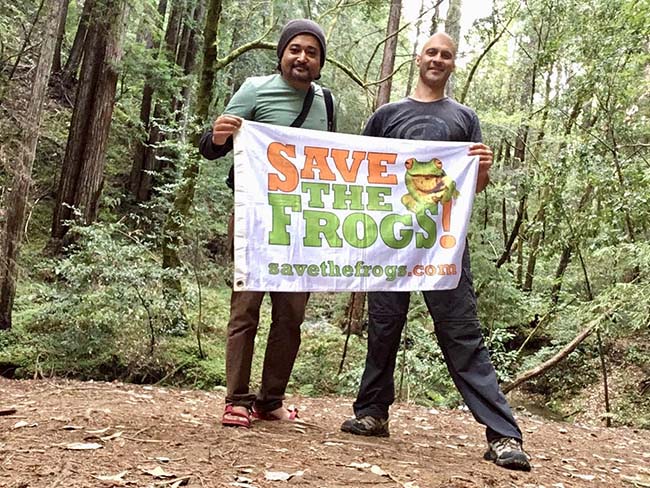
Biraj Shrestha with SAVE THE FROGS! Founder Dr. Kerry Kriger in the Fall Creek Unit of the Henry Cowell Redwood State Park in Santa Cruz, California, April 2019
The 2017 SAVE MANASLU’S FROGS Research Expedition
In 2016, I led a project in saving the stream dependent mountain frogs (locally called “Paha”) in the highlands of Manaslu Conservation Area, Nepal. Paha are hunted widely in the mountains of Nepal, including the lower settlements of Manaslu, primarily for food use and secondarily for presumed health benefits.
The project was called the SAVE MANASLU’S FROGS Research Expedition and was supported by a $1,700 grant from SAVE THE FROGS!, along with funding from other local, national and international organizations, including The Rufford Foundation. We worked in Manaslu for more than a year during that period, though I was involved in the herpetofaunal study of the region since 2012. The project that started in 2016 had diverse components, including amphibian and ethnoherpetological surveys and conservation education campaigns.
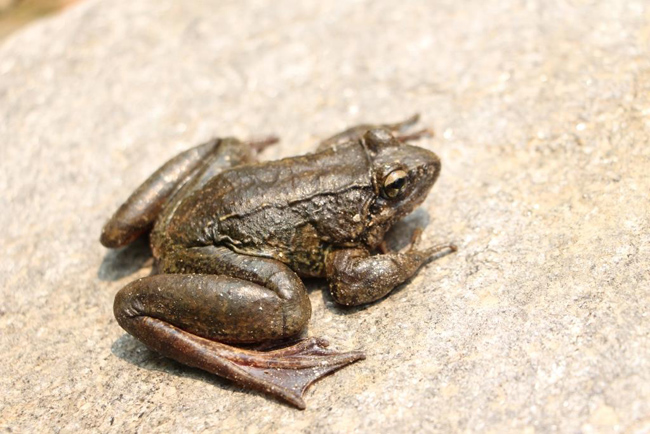
Ombrana sikimensis from Nepal. Known locally as “Paha”, this species is regularly hunted for use as food. photo courtesy Biraj Shrestha.
Publication Of Our Research Results
On May 10th, 2019, we published a portion of the project’s information in the Journal of Ethnobiology and Ethnomedicine. The journal article is one of the very few ethnoherpetological documentations that have come out of Nepal related to paha frogs.
You can download the article here:Ethnoherpetological notes regarding the paha frogs and conservation implication in Manaslu Conservation Area, Gorkha District, Nepal
Click the image above to download the entire PDF
The Impact of Paha Collection
Local people normally collect between 50 and 100 paha individuals each hunting season and the hunting usually occurs in spring or summer. There are no legal regulations in place to control such harvesting. Coupled with minimal understanding of amphibians’ importance in the region, this is a dangerous scenario for the frogs. Our paper summarizes all the nitty gritty of paha hunting, use, consumption scenario and conservation implication in Manaslu. The results and conclusion suggest the need for substantial policy interventions to attempt to stem further declines of these frog species from the mountains of Nepal.
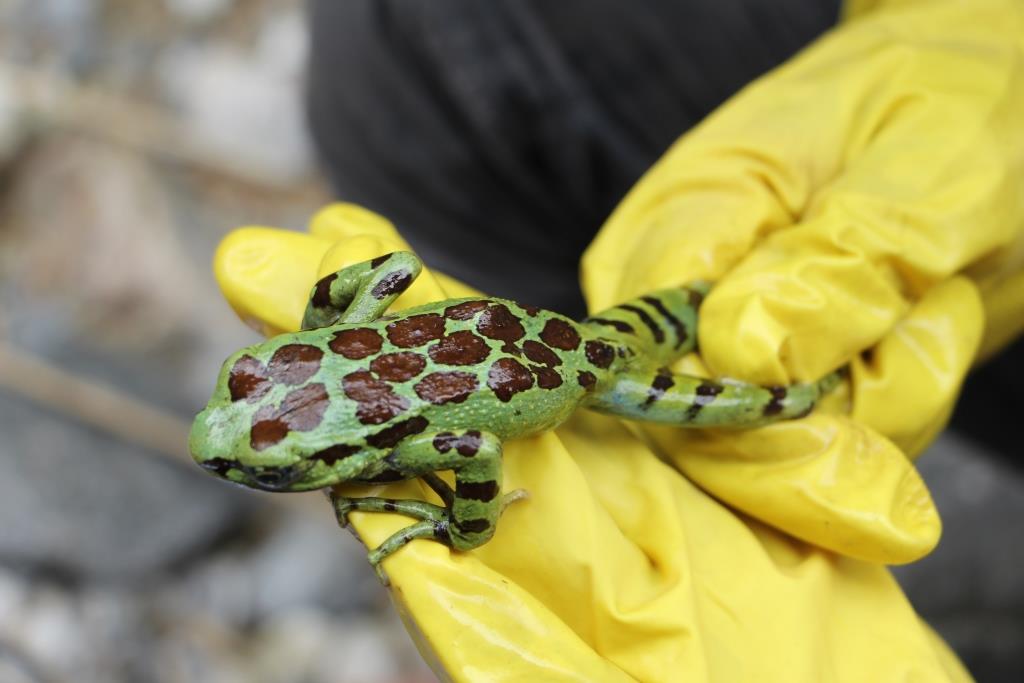
Amolops formosus, a Paha species commonly hunted for alleged medicinal benefits. Photo courtesy.Biraj Shrestha
Support From The SAVE THE FROGS! Community Makes Nepalese Amphibian Conservation Possible
The support of SAVE THE FROGS! has always been pivotal in planning, designing and implementing amphibian conservation projects in Nepal. Our Nepal chapter has been growing and gaining motivated individuals passionate to save the frogs from extinction. This has only been possible with all the donations we receive from our generous SAVE THE FROGS! supporters and funding from philanthropical organizations. I highly appreciate your effort in helping frogs to survive better and create a healthy planet. Thank you! I’m happy to see the Nepalese amphibian community getting a global coverage and wider appreciation from our amphibian loving communities.Froggy regards,Biraj ShresthaMay 18, 2019
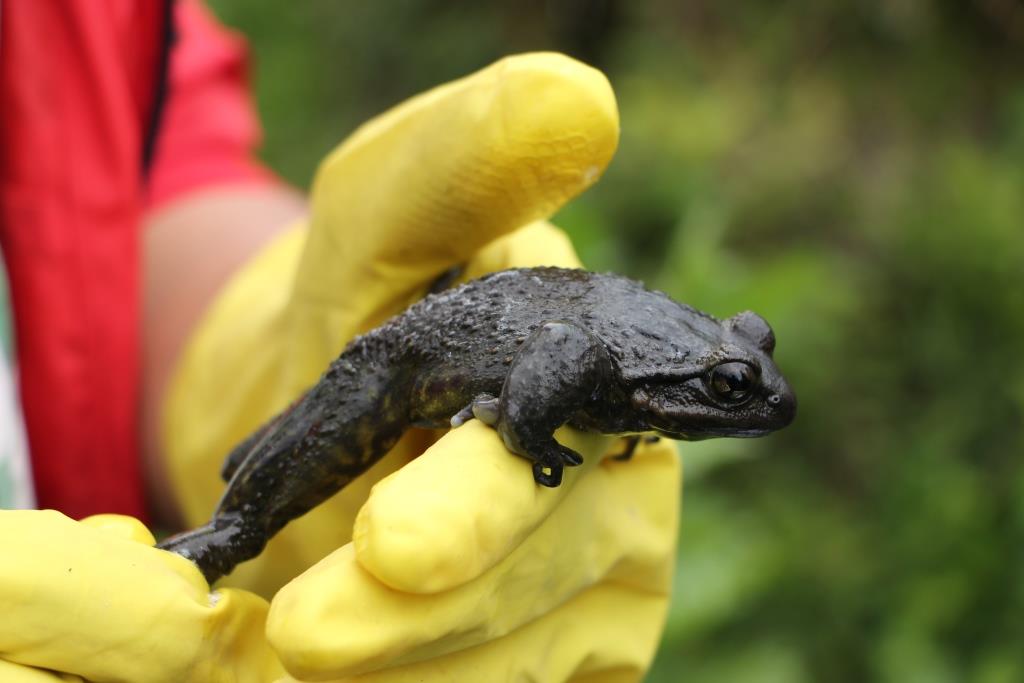
Nanorana liebigii, the most commonly hunted paha species. Photo courtesy Biraj Shrestha
A 2017 Message From Biraj
“Greetings from the Himalayas! On behalf of SAVE THE FROGS!, I would like to sincerely thank all of you for donating to my amphibian conservation endeavor in the remote mountains of Manaslu entitled ‘SAVE MANASLU’S FROGS! Research Expedition’. It’s a matter of pride that amphibian conservation initiative in Nepal is happening because of donations we receive from frog loving individuals like you.Thank you once again!Best Regards,Biraj Shrestha”
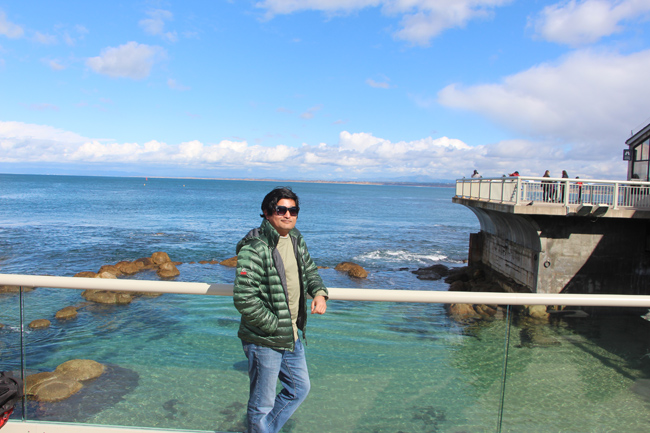
Biraj Shrestha in Santa Cruz, California


